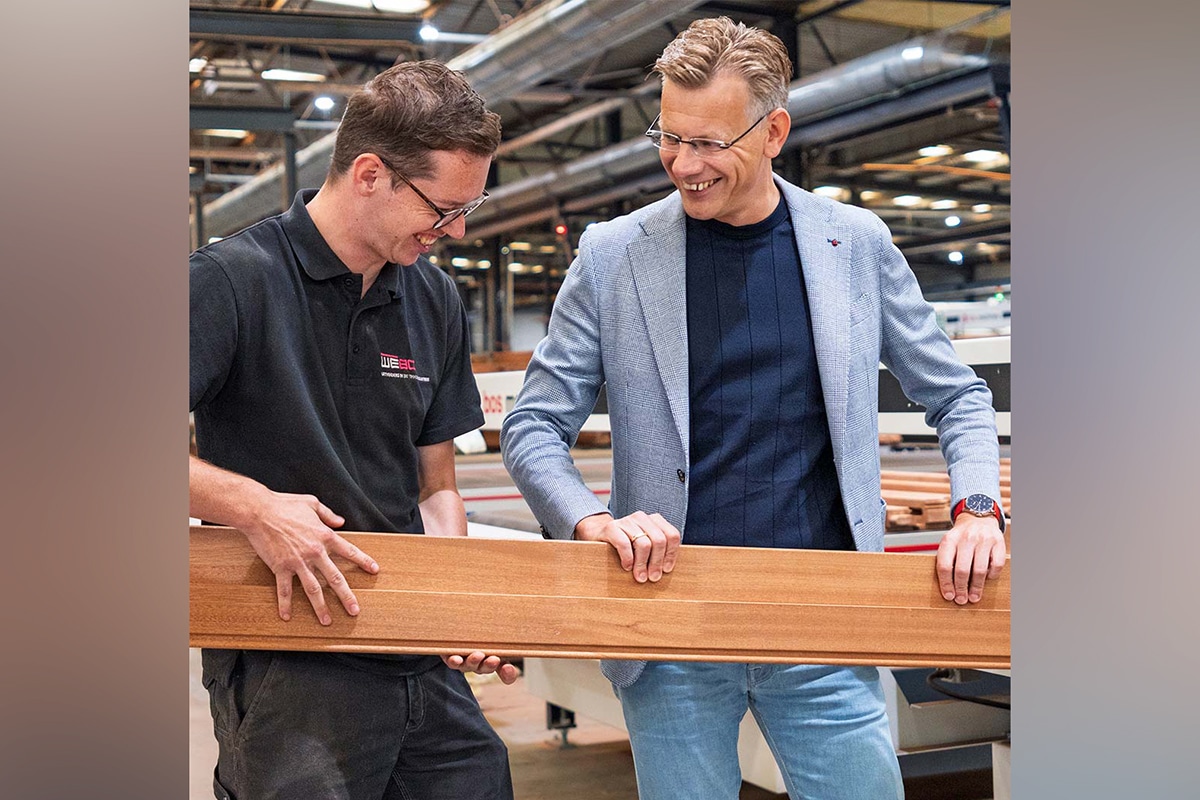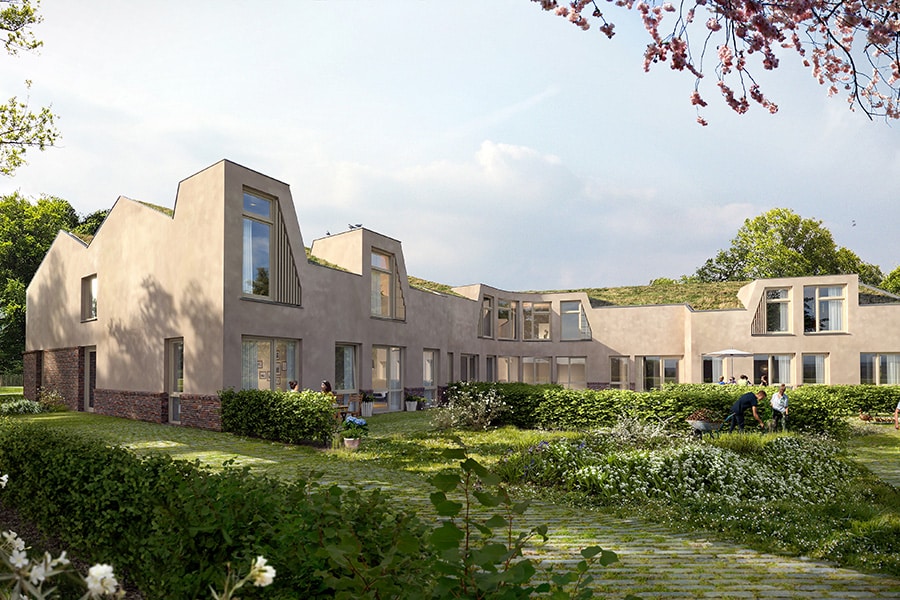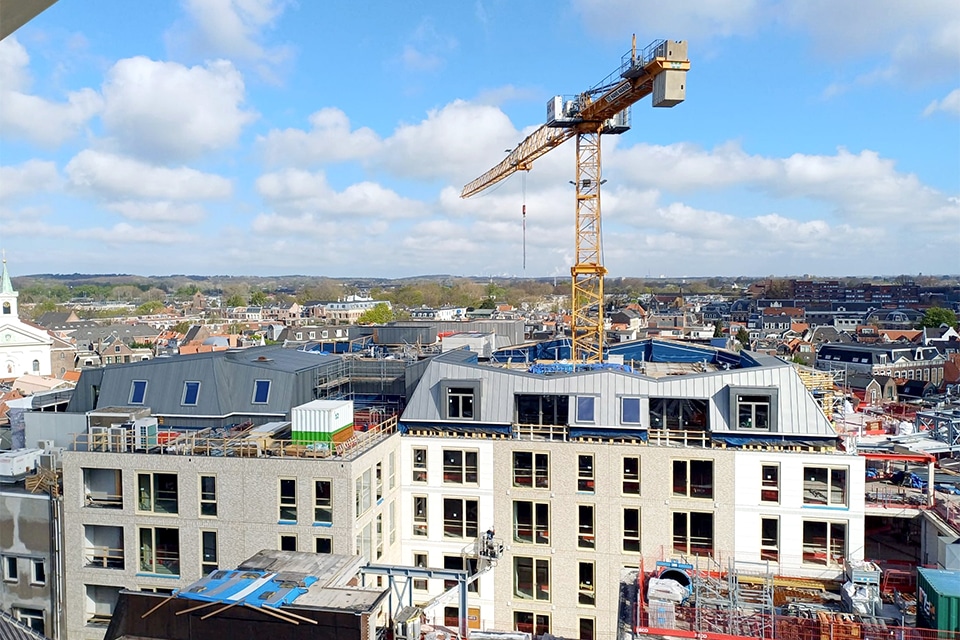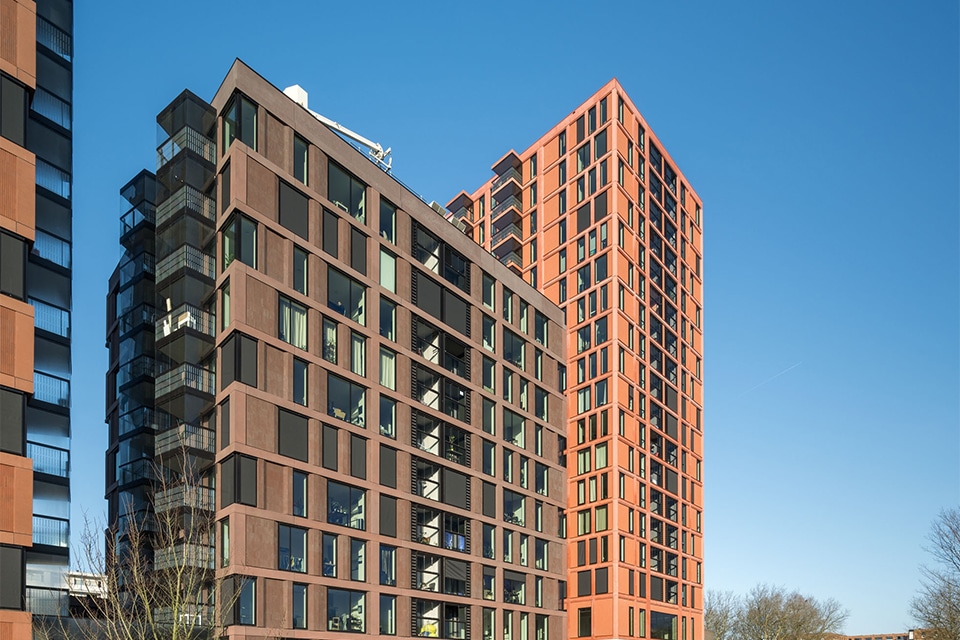
School construction as an investment in the future
What began as a masonry company has grown into a general construction company. In fact, Rots Bouw has built up quite a track record in school construction in recent years. From making Dulon College in Ede more sustainable to the construction of a completely new vmbo school building in Amersfoort: director Egbert-Jan Rots explains what Rots Bouw is doing and what makes building schools so special.
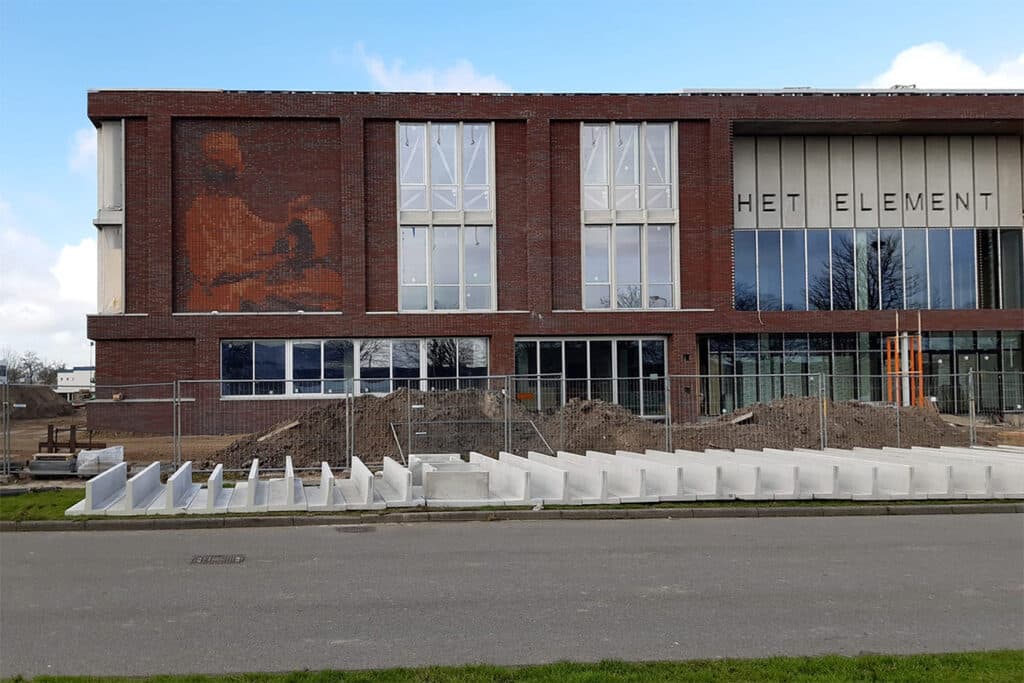
In recent years, Rots Bouw has built beautiful pavilions, museums, sports halls and schools, each with a special characteristic. For example, it built Museum Arnhem on a lateral moraine and designed a circular sports hall in Muiden.
Rots Bouw designs as well as executes. "Depending on what the client requests, of course," Rots said. "At vmbo-school Het Element in Amersfoort, for example, we are only responsible for the execution of the project as a building contractor together with two subsidiary contractors, but we did design the sports hall in Muiden. With an eye to the future, we always use energy sparingly in every project and make buildings free of fossil fuels. For example, we made the Dulon College in Ede completely energy-neutral."
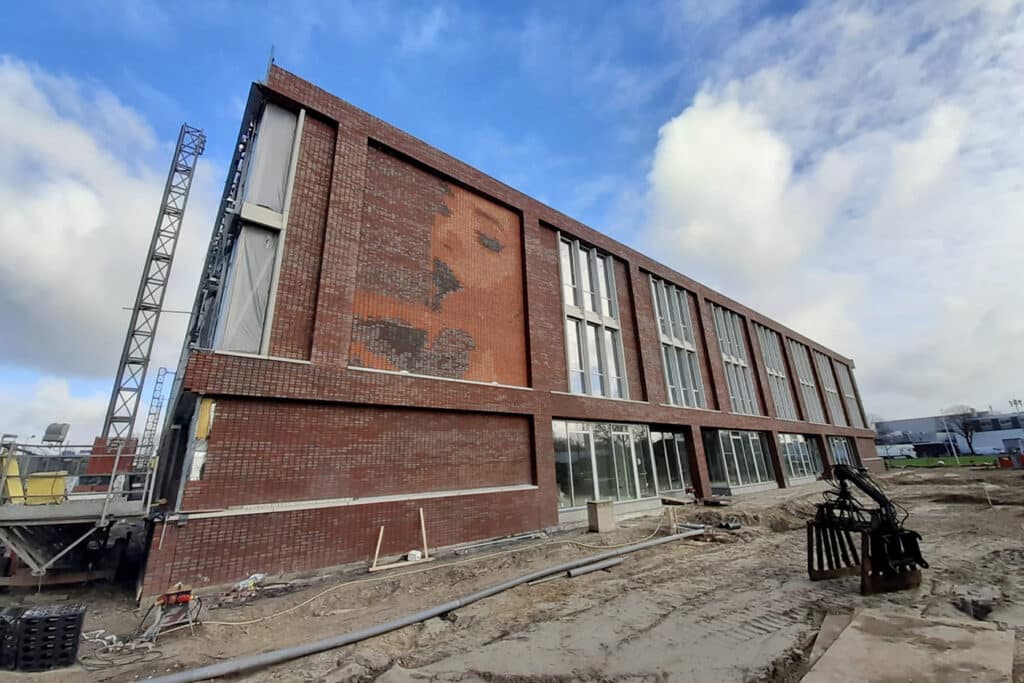
Convincing track record
Which parties are allowed to build a school is determined with a tender process. "Because we built many schools in recent years, we have sufficient reference material. That's why we can pretty much participate in all school tenders by now," Rots says. This is also how Rots Bouw rolled into the Het Element project in Amersfoort. The design of Het Element was made by, among others, architectural firm de Zwarte Hond; a well-known partner for Rots Bouw. Both companies also already worked together on the Park Pavilion on the Veluwe. "De Zwarte Hond stands out for high quality and good materials. That works very nicely."
The Element will be a three-story square building with beautiful finishing materials, lots of wood inside and lots of light. There will be room for large groups of people in the modern building. "And on the outside, on each corner there will be a kind of mosaic of masonry bricks depicting a profession that students are being trained for. A special detail for which we need good masons. We have some of these in-house, but we also work with masonry companies," continues Rots. On the inside, the workshops of technical courses in particular require a lot of attention. "We use concrete floors that are suitable for that kind of workshop. Those are made on site and not
more finished."
Building for the future
The eye-catching building sends an important message, Rots explains. "There are all kinds of courses taught there, including many technical ones. That means that the students who are educated there are really important for our future. We think it is important that we spend money and time on good school buildings for vocational education: that ensures a bit more appreciation for working with your hands. And it is also in our own interest, of course, because students who are educated here may later end up in our field. We are happy to contribute to this."
